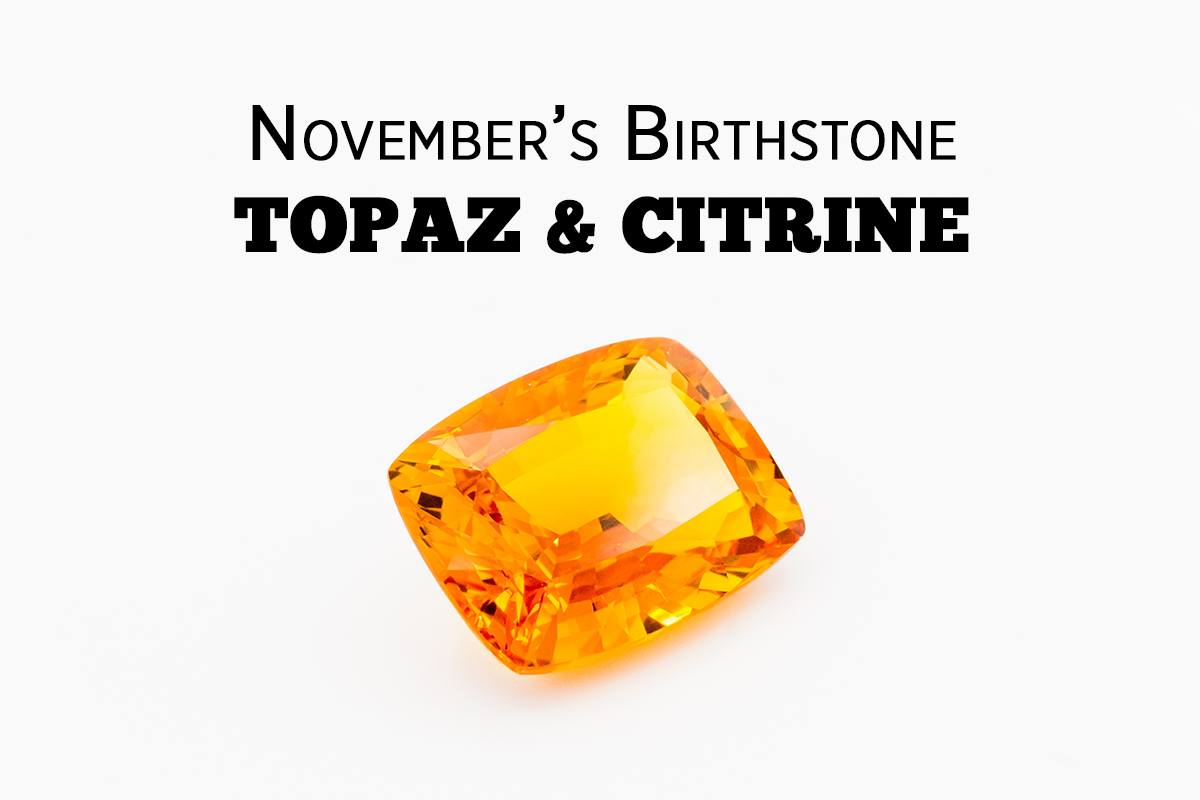Topaz, with its rich history as the original birthstone for November, has long captivated admirers with its alluring hues. This hard silicate mineral derives its various colors from impurities or defects in its crystal structures. The spectrum of available topaz colors is extensive, ranging from blue, green, red, violet, and brown to yellow and pink.
However, in 1912, Jewelers of America sought to streamline the birthstone tradition, aiming for a more modern approach that could facilitate larger-scale sales. This led to the adoption of citrine as an alternative birthstone for November. Citrine's roots can be traced back to the Hellenistic age in Greece (323-280 BC). During that era, people prized the unique pale-yellow to deep brownish orange shades of citrine as protective talismans against plagues, epidemics, and venomous snake or reptile bites.
Similar to topaz, citrine is found across the globe, and being a variety of quartz, it benefits from the fact that quartz is the most abundant mineral on Earth. The notion of having slot gacor gampang menang two birthstones in November has ancient origins, reaching back to the 12 stones of the High Priest's breastplate mentioned in Exodus. In bygone eras, it was customary to wear a different stone each month.
Here's a fun fact to enhance your appreciation of topaz: Topaz Mountain in Utah earned its name due to the abundance of minerals found there, adding a touch of geological fascination to the gem's allure. Explore the dual splendor of topaz and citrine, each with its unique charm, as you celebrate the vibrant month of November.

